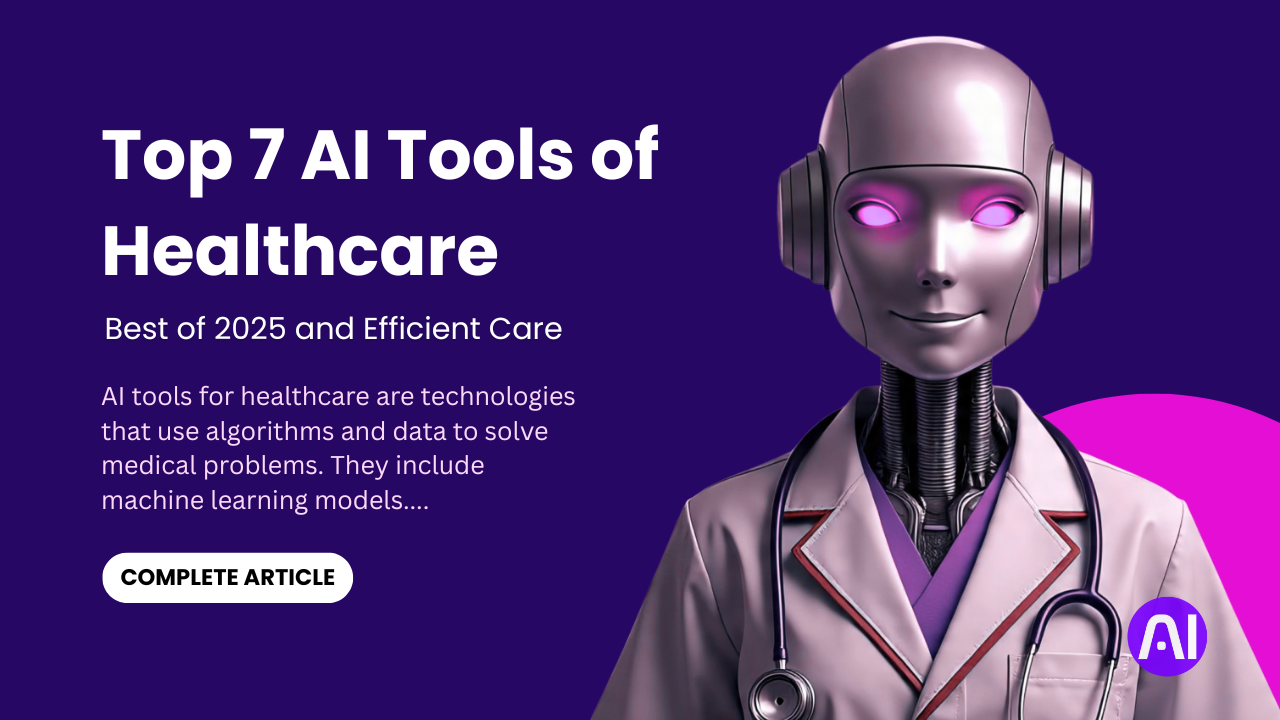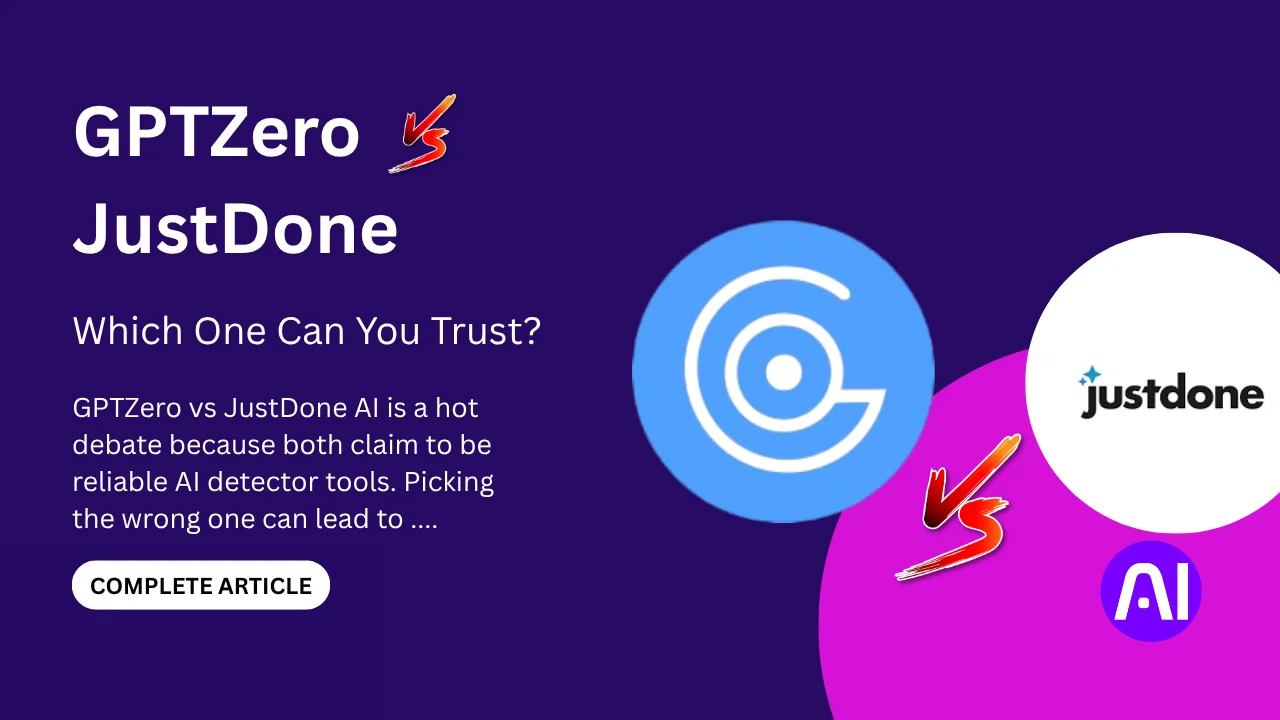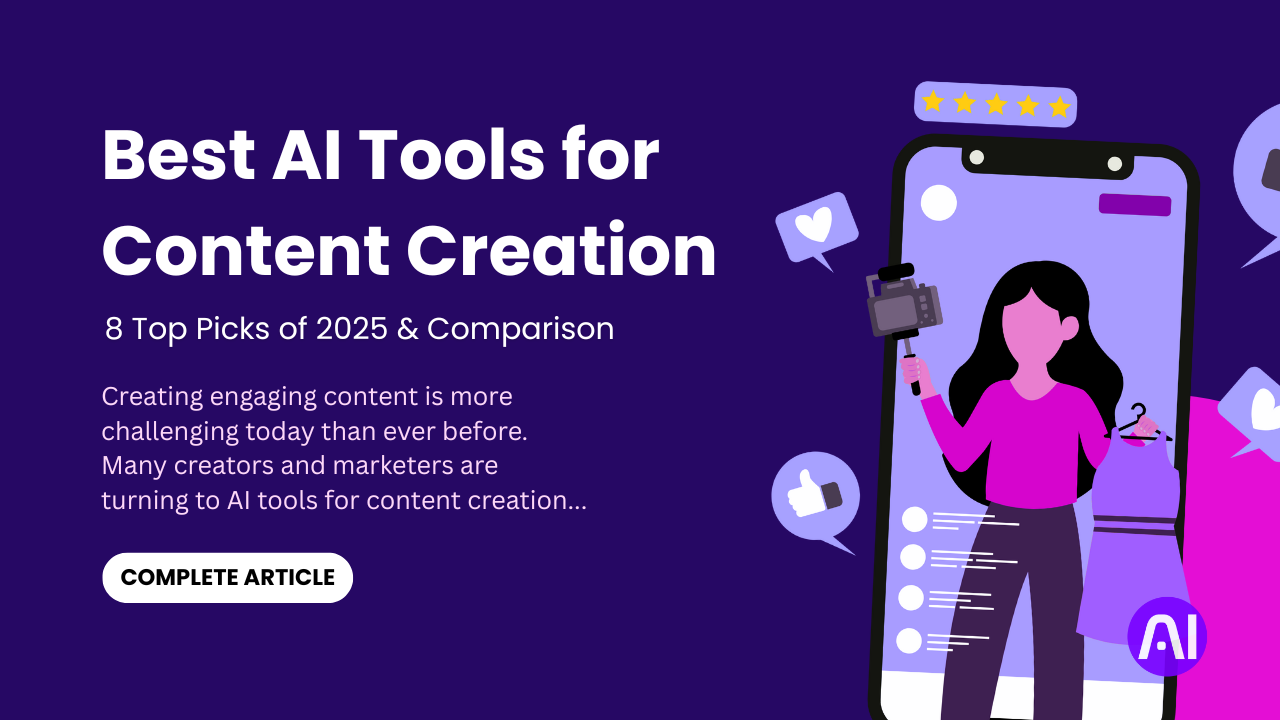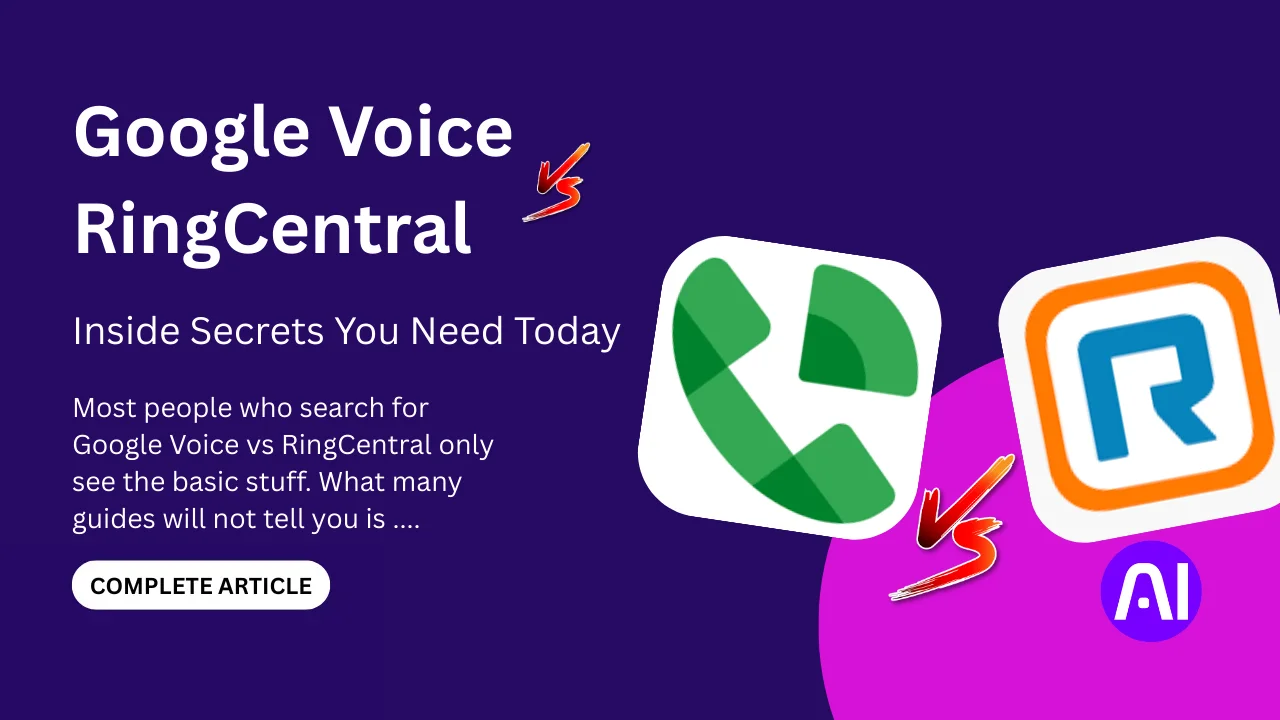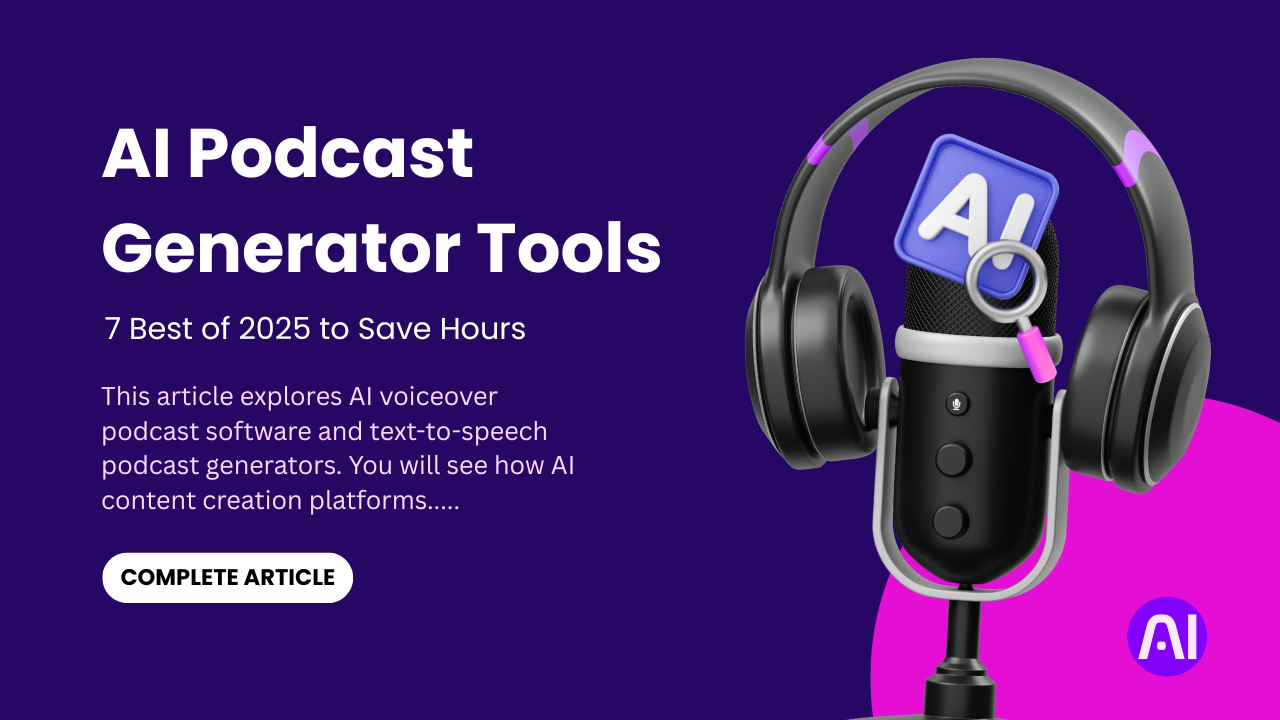Picking the right data is the secret sauce of machine learning. Without the right information sets used in machine learning, even the smartest models can fail. Poor datasets lead to bad predictions, wasted time, and expensive mistakes. So, how do you choose the best data for your machine learning tasks?
This guide breaks down the most common information sets used in machine learning models. You’ll learn how to select appropriate datasets for machine learning tasks, steer clear of bad data, and boost your model’s accuracy. Whether you’re just starting out or already experienced, the right data makes a big difference.
We’ll explore supervised and unsupervised learning datasets, open-world learning challenges, and real-life examples. By the end, you’ll know which datasets to use and why. Let’s get started!
Why Dataset Selection Matters in Machine Learning

The quality of your dataset decides if your machine learning model succeeds or fails. Good information sets used in machine learning help models make accurate predictions. Bad data leads to wrong answers, no matter how smart the algorithm is.
Poor dataset choices hurt ML model performance in two big ways. First, overfitting happens when a model memorizes tiny details instead of learning useful patterns. Second, underfitting occurs when data is too simple, so the model can’t learn anything meaningful. Both problems waste time and money.
Dataset quality also affects fairness. If your data has biases, your model will too. For example, a hiring tool trained on biased data might unfairly reject good candidates. That’s why picking the right data is as important as picking the right algorithm.
The best datasets are clean, balanced, and match real-world problems. They help models work correctly for everyone, not just some people. Always check your data before training, your model’s success depends on it.
Types of Machine Learning Datasets
Machine learning uses different data types to solve problems. The three main kinds are supervised, unsupervised, and reinforcement learning datasets. Each type works best for different tasks. Let’s break them down with simple examples.
1. Supervised Learning Data
This is the most common type. The data comes with clear labels like answers in a textbook. For example:
- ImageNet (millions of labeled photos for object recognition)
- UCI datasets (structured data for predictions, like house prices)
These datasets help models learn patterns by matching inputs to correct outputs.
2. Unsupervised Learning Datasets
Here, data has no labels. The model finds hidden patterns on its own. Examples include:
- Customer purchase data (for clustering shoppers into groups)
- PCA datasets (to simplify complex data into key features)
This type is great for exploring unknown trends in big datasets.
3. Reinforcement Learning Environments
These simulate real-world scenarios where models learn by trial and error. Popular examples:
- OpenAI Gym (for training AI in games and robotics)
- Unity ML Agents (3D environments for complex tasks)
These teach AI to make smart decisions through practice.
Open-World Learning & Data Complexity
Real-world data is messy and always changing. Open-world learning prepares models for surprises like new objects in self-driving cars. The best datasets mix structure and real-life variety to build adaptable AI.
Key Factors to Consider When Choosing a Dataset
Picking the right dataset is like choosing the best ingredients for a recipe. The wrong choice can ruin your machine learning model. Here’s how to select appropriate datasets for machine learning tasks without getting lost in the details.
- Relevance to Your Problem: Your data must match the real-world problem you’re solving. A model trained on cat pictures won’t help diagnose medical scans. Always ask: Does this dataset reflect what my model will face in the real world?
- Dataset Size vs. Your Computer’s Power: Bigger datasets often improve accuracy but they need strong computers. If your dataset has millions of rows but your laptop can’t handle it, your model will train too slowly. Start small, then scale up as needed.
- Data Quality Matters Most: Garbage in, garbage out. Check for missing values, messy labels, or random noise. A small clean dataset beats a huge messy one. For example, a spam filter trained on poorly labeled emails will fail. Always clean first.
- Bias and Fairness Can’t Be Ignored: Datasets can hide unfair biases. A hiring tool trained mostly on male resumes might discriminate against women. Scrutinize your data’s diversity to avoid harmful mistakes.
- Licensing and Accessibility: Some datasets are free; others cost money or have strict rules. Always check permissions, especially for business use. Public datasets like those on Kaggle often have clear licenses.
The Bottom Line
There’s no perfect dataset, but the best choices balance relevance, size, quality, fairness, and legality. Test multiple options to see what works before finalizing.
Popular and Trusted Sources for Machine Learning Datasets
Finding the right data is easy when you know where to look. Below are some trusted places to find good datasets for machine learning. These sites offer common information sets utilized in machine learning models for many topics.
If you’re just getting started, Kaggle is a great place. It has thousands of datasets for different machine learning tasks, like predicting house prices or recognizing images. You can find data for both beginners and experts.
Another strong choice is the UCI Machine Learning Repository. It gives you clean, easy-to-use datasets that work well for research and learning.
If you’re working with words or language, try Hugging Face Datasets. These are great for building chatbots, translation tools, and other language projects.
For structured or organized data, OpenML is helpful. It gives you machine learning data types made for different models, which helps you test things quickly.
Looking for something special? Use Google Dataset Search. This tool finds unique datasets like hospital data or stock market records. For specific industries, visit sites like NIH for medical data or Quandl for finance data.
The most important thing is to pick data that fits your project. Always check the data quality, make sure you have the right to use it, and see if it’s updated. Better data means better models.
Quick Dataset Evaluation Checklist
Before using any dataset for machine learning, ask these five key questions to avoid problems later:
- Are the labels accurate?
Wrong labels break your model. Spot-check samples to verify correctness. - Is the data balanced?
If 99% of your spam filter dataset contains “not spam” emails, it’ll fail. Ensure fair representation across categories. - Is the information current?
A 10-year-old facial recognition dataset won’t understand modern hairstyles or accessories. - Does it match your real-world scenario?
Hospital data from Norway might not work for predicting diseases in Brazil. - Can your computer handle it?
That 500GB video dataset is useless if your system crashes trying to process it. - Who owns this data?
Always check usage rights – some datasets can’t be used commercially.
This quick test helps when selecting ML datasets. Spending 10 minutes checking these points saves weeks of fixing bad results later.
Essential Tools and Techniques for Dataset Preparation
Working with raw data is like getting food ready before cooking. Cleaning and exploring your data makes a big difference. Below are the best tools for getting your data ready for machine learning.
Hands-On Data Tools: Pandas is like a pocket knife for data. It helps you clean messy data, fill in missing parts, and move things around fast. If you need to do a lot of math, NumPy works faster with big numbers. To skip cleaning, try TensorFlow Datasets. These come pre-cleaned and ready to use.
Finding Hidden Problems: Cleanlab is like a detective for data. It finds wrong labels and weird values that can break your model. This tool uses AI to catch errors so you don’t have to look for them by hand.
Seeing Your Data Clearly: Graphs help turn numbers into pictures. Seaborn makes nice graphs that show patterns and odd values quickly. Matplotlib lets you build your own custom charts. These tools make it easy to find data issues, like missing values or odd groups.
Smart Cleaning Techniques: First, delete duplicate rows. They slow down training and confuse your model. For missing values, you can either delete them or fill them in with averages (for numbers) or most common values (for text). Normalization is also important. It puts all numbers on the same scale so no single feature takes over.
The best models use clean data from the start. When you take time to fix your data, your model works better. These tools make it easy to turn messy information into machine-ready quality.
Common Mistakes to Avoid When Choosing ML Datasets
Many machine learning projects fail because of simple dataset mistakes. Here are key dataset pitfalls in ML to watch out for:
- Using “perfect” academic datasets
Clean lab data often performs poorly on real-world messy problems. Your model needs to handle imperfect situations. - Ignoring hidden biases
If your facial recognition data lacks diversity, it will fail for many users. Always check who’s represented. - Missing class imbalance
Having 95% “normal” cases and 5% “fraud” makes models ignore the rare but important cases. - Forgetting data augmentation
Small datasets can be expanded by flipping images or paraphrasing text – don’t miss this easy boost. - Using outdated information
A 2010 customer behavior dataset won’t help with 2024 shopping trends. - Overlooking legal restrictions
Some datasets can’t be used commercially – always check licenses.
Smart teams catch these problems early. Test your data as carefully as you test your code.
Professional Advice: How to Select the Right Machine Learning Dataset
Quick Advice:
- For most machine learning practice, use Kaggle or UCI datasets. They are clean and easy to use, especially for beginners.
- For language tasks, Hugging Face Datasets is great. It has high-quality text with little cleanup needed.
- If you’re working with pictures, ImageNet and COCO are top choices. They have lots of labeled images.
- For business tasks, use Google Dataset Search to find special datasets for your industry.
- If you need extra privacy, try federated learning datasets like TensorFlow Federated. They train models without collecting raw user data.
Deep Explanation
Choosing the right dataset depends on your goals, your tools, and how careful you need to be. Here’s how to pick the right one for your task:
For Academic or Practice Projects: If you’re learning or testing new ideas, use simple, clean datasets like the UCI Repository or MNIST. These come labeled and ready to use. Don’t start with messy real-world data unless you know how to clean it well.
For Real-World Industry Use: Real-world jobs use real-world data, which is often messy. Use Google Dataset Search or other trusted sources like Quandl for finance or NIH for health. Pick datasets that are:
- From the right time (for example, use 2020s shopping data for today’s retail problems)
- From the right place (like local traffic data for your area if you’re training self-driving cars)
For Sensitive Areas Like Hiring or Health
Make sure your dataset is fair. If it only includes one group of people, the model could treat others unfairly. Use tools like AI Fairness 360 from IBM or Google’s fairness tools. You can also add synthetic data to balance things out.
For Limited Resources: If you don’t have a strong computer, use smaller datasets like CIFAR-10 instead of bigger ones like ImageNet. You can also use tools like NVIDIA’s Omniverse to create fake but useful training data.
For Advanced Research: Working on cutting-edge stuff like large language models or robots? Use big public datasets like Common Crawl for text or CARLA for self-driving tests. These help models handle real-world surprises, just like in open world learning.
Pro Tip: Before using a big dataset, test it with a small model first. This helps catch bad labels or bias early. It saves time and improves the results.
Case Studies: The Impact of Dataset Choices in Machine Learning
Real-world examples show why picking the right dataset matters. The kind of information sets used in machine learning can lead to success or total failure. Let’s look at two real cases, one that went wrong and one that got it right.
Case 1: The Biased Hiring Tool That Failed Company
A tech startup built an AI tool to screen resumes faster.
Mistake: They trained the tool using 10 years of their old hiring data. Most of the past hires were men from top schools.
Result: The AI unfairly gave lower scores to resumes from women and people who didn’t attend famous colleges. The tool was taken down after lawsuits.
Lesson: Bad supervised learning data with hidden bias can lead to unfair models. Always check your dataset for balance and fairness.
Case 2: The Retail Model That Predicted Trends Perfectly Company
An online store wanted to predict holiday shopping trends.
Smart Move: They used their sales data, Google Trends, and local economic info to train the model.
Result: Their model guessed sales 30% better than other stores. This saved money by avoiding overstock.
Lesson: Using many machine learning data types from real life improves results. Blending global and local data helps the model make smarter choices.
These stories show how powerful the right data can be. Even the best algorithms will fail with bad or biased data. But when you pick the right common information sets utilized in machine learning models, your project can shine.
Conclusion
The right dataset is the foundation of every successful machine learning project. As we’ve seen, poor data choices lead to biased, broken models, while thoughtful dataset selection boosts accuracy, fairness, and real-world performance.
Here’s your final takeaway: Start small. Test your data with simple models before scaling. Check for errors, imbalances, and relevance early. Tweak and improve as you go.
Use this guide as your ML dataset compass, whether you’re picking public datasets, cleaning raw data, or avoiding common pitfalls.
Stay updated on AI trends! For more expert tips and the latest breakthroughs, follow AI Ashes Blog. Dive deeper into machine learning, data science, and cutting-edge AI research.
FAQs
Q1: What are the best datasets for machine learning beginners?
For beginners, the best datasets are found on Kaggle, the UCI Repository, and Google Dataset Search. These platforms offer common information sets utilized in machine learning models with helpful guides and examples.
Q2: How do I select appropriate datasets for machine learning tasks?
To choose the right dataset, look at how to select appropriate datasets for machine learning tasks by checking relevance, data size, quality, balance, and match with your project goals.
Q3: Where can I find supervised and unsupervised learning datasets?
Platforms like Kaggle, Hugging Face, and OpenML offer both supervised learning data and unsupervised learning datasets for a wide range of machine learning problems.
Q4: Can I create my own dataset for machine learning?
Yes. For unique or business-specific needs, you can create datasets using tools like Labelbox, Roboflow, or even by creating a CSV file manually.
Q5: What does open world learning mean when picking datasets?
Open world learning means your model should learn from changing data, where new types or categories can appear after training. It prepares AI for real-world surprises.


